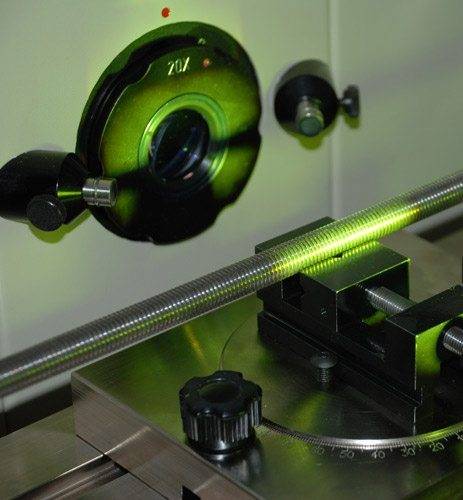One of the major traditional faults of an optical inspection instrument is the subjectivity of the operator. It has a very drastic consequence on the measurement. The differences between the operators are commonplace as it is up to the device operator to determine where the feature being inspected begins and ends.
The recent advent of the optical edge finder available on both optical comparators and video systems has eliminated this drawback. Edge finding systems also allow a control computer attached to the measurement system to automatically detect a feature. This capability enabled instrument manufacturers to fully automate these instruments. Full computer numeric controlled, motorized inspection instruments that entirely eliminate operator subjectivity are now available.
Major cost reductions in electronics and system standardization has allowed the price of these full CNC systems to be reduced to a point where just about every manufacturer can afford one. Edge finding systems which were optional and cost thousands of dollars only a few years ago have now become standard equipment on many models. Many other changes have occurred within the inspection industry within the last decade.
As manufacturing tolerances decrease the accuracy and resolution of the instruments used to control manufacturing must follow. The typical measurement resolution of an optical inspection instrument has increased tremendously within the last 9 years - from .0005” about 9 years ago to .00005” today.
Miniaturization of electronics has allowed video inspection technology to become increasingly cost and feature competitive with optical comparators. Within the last decade the cost of video system technology has decreased by a factor of 12x while the features and benefits of these systems have actually increased. Integration of desktop PCs as the primary processing platform with inspection instruments has increased the capabilities and features of these systems as well as given inspectors the ability to document their products. Processing speeds of these systems have increased by a factor of 15 in just the past 6 years. Future reductions in costs and integration of computers into these optical inspection instruments will certainly increase the speed and versatility of these instruments. Traditional optical inspection instruments are being coupled with contact measurement devices such as touch probes. These hybrid instruments can take advantage of both contact and non-contact measurement solutions to rapidly inspect virtually any desired feature.
